|
Mack has been watching a lot of YouTube videos on anchoring, which means it was only a matter of time before the Captain outfitted Kenutu with an anchor. One of our digital mates, Sailing Uma, swears by a heavy anchor. They bought a 105-pound Mantus anchor, which held them safely in place during Hurricane Matthew. From what we can tell, at least one of them is an engineer of some kind, maybe with some architecture flair, and they are constantly saying "buy a big anchor, a good anchor." They clearly know more than us, and those are the types of sailors we listen to. Which is why I was 0% surprised when this 45-pound Mantus anchor showed up on our porch. This Mantus, about $400, has a curved bar over the top of it, which is supposed to help right the anchor if it gets flipped over. It also has a really long arm, one so long that the anchor wasn't sitting right on the bow roller right. If it was nested on the bow roller, it reached so far into the boat that we couldn't close the anchor lazarette and the curved bar was resting on the stainless rail. Ugh. Luckily, the Captain had a plan. He decided to modify the current bow roller so that it was positioned further out on the stainless bracket. We got a special drill bit for metal, he threw on protective eyewear, and a few minutes later, we had it rigged. Of course now that we had an anchor we had to try it out. We sailed over to an anchorage by Island White to play with dropping the hook. The captain was at the helm looking for a good depth and getting the boat pointed into the wind, and I was on the bow ready to deploy the hook. This was the last major sailing thing we had to do to feel like real sailors, and yes, we were freaking nervous. Turns out dropping an anchor is pretty easy. It didn't go at all as planned, but it was kind of impossible to screw it up. He gave the order to drop the hook, I loosened the windlass, the anchor started to fall. The first and only hiccup came when the curved part of the anchor rested on the stainless rail. I put out a little slack, tightened the windlass, lifted the anchor off the rail and got it over the water, and loosened the windlass again. Gravity did the rest. When we had 60 feet of chain out, I tightened the windlass and Captain threw Kenutu in reverse to "back down" on the anchor. They say this is how you "set" the anchor, or get it to grind into the sea bed so it holds you there. Kenutu's reverse is funny, more like a backlash crab walk turn move, but the boat stopped moving eventually even when we revved the engine to 2000 RPMs. We tied a snubber to the anchor chain to take the tension off the windlass and then tied that snubber line to one cleat and to another cleat. We weren't scared of losing $400 in the ocean at all. We stayed anchored for about an hour, watching some people do a photo shoot on another sailboat and soaking up some sun. Mack had a beer. Life was amazing. And then we had to haul the anchor. We have a manual windlass. I gave my right arm a little pep talk, the Captain got on the helm, and I started cranking. I watched the colors go by, and then at about the 30 foot mark, it got really hard to crank the windlass. I gave it a few more cranks and felt a pop, like when you pull your shoe out of the mud. After that the cranking got easier and a minute later, the hook surfaced. I helped it over the stainless rail and into position, tied it down, and told the Captain "the hook is in the pocket." I also learn stuff from watching Below Deck. We can officially check "anchor" off our to-do list. Now we have "practice anchoring" on there. As well as "set a stern anchor" and "dive on anchor" and "anchor overnight." Oh god.
1 Comment
Rub your body with oil. Sounds like something a dominatrix would say, right? Well, it's really sailor speak to know how much scope, aka length of chain or rope attached to your anchor, you have out. Mack decided we were going to have 200 feet of chain attached to our massive anchor because he really does not want to drag on the hook. I feel like that's an inevitable panic that we'll have but if we throw 1000 pounds into the water to hold us still, I'm game. Run your body with oil is a sentence you're supposed to remember so you can remember the order of the colors and thus know then length of chain or rope you have out. Rub is red, your is yellow, body is blue, with is white, and oil is orange. I always end up saying Put oil on your body! or Rub oil on your body! or some other derelict version of the sentence before Mack rolls his eyes and says the real sentence. I don't know how much chain everyone else puts between colors, but we decided 20 feet would be good. That's easy math -- 20-40-60-80-100 -- and it seems like it'll be a good amount for the depths we think we'll be anchoring in. Kenutu has a 6-foot draft, which means ideally we'd anchor in 20-30 feet of water in a protected area and put out 4:1 scope. Gah, more math, but basically you put out 4 feet of chain for one feet of depth so you can spin around in a circle and have some wiggle room. That'd be about 120 feet of chain. Using the Rub Your Body With Oil method, that'd mean I'd watch for all the colors to go by and stop after red goes out a second time. After our 14-second chat to decide on 20 foot increments, we measured out ten feet and laid the chain out in the garage. I decided to do a short section of color at the 10 foot increments so we had it if we needed it. Basically, the side on the left in the pic below is every 20 feet in RYBWO and the side on the right is the midsections of those bigger sections. Ultimately the plan is to attach the chain to more rope so we have more scope if we need it and to put something on the end of the whole thing so that it can't all come out of the anchor locker and fall to the bottom of the ocean. See, we're planners.
Life is precious. And fast. We spend a lot of time working on Kenutu, but we also spend quality time just enjoying her. This week she righted the world for me and my cousin Shannon. We lost our cousin Trina unexpectedly, but an afternoon on Kenutu showed us the beauty in the world persists and there are lots of joys to be shared still.
Communication is key to any relationship. Especially when that relationship can hit the rocks, take on water, and leave you adrift in the middle of the ocean. Alas, the Captain got some new radios. We got a couple of rechargeable portable radios made by Cobra so we can communicate from bow to stern when we're doing things like dropping anchor or coming into port. They have a clip but they also float are white and orange, which if they fall in the water, we may actually be able to see them. We got them on Amazon for like $45 each. We also updated our main radio in the nav station (aka desk where the charts and stuff go). For this one we got a Standard Horizon, which is pretty full of features for being only $30 more than the portable radios. In addition to its AIS features and waypoint features, it also has a distress button and a built in fog horn that'll blow every few minutes when it's foggy out. Which means you don't have to do that but you still have to go crazy from fog horns blowing. The new radio fit perfectly in the old radio's spot in the nav station. You know, a small miracle, no big deal. Mack pulled the old one out, popped the new one in, and just like that we were ready for some chit chat. Now if we ever start to sink, we can push DISTRESS and have our GPS location right in our faces as we give a panicked message disguised as gentle concern.
|
AuthorTwo people dumb enough to think anything is possible and smart enough to bumble their way into discoveries. Archives
September 2018
CategoriesMates |

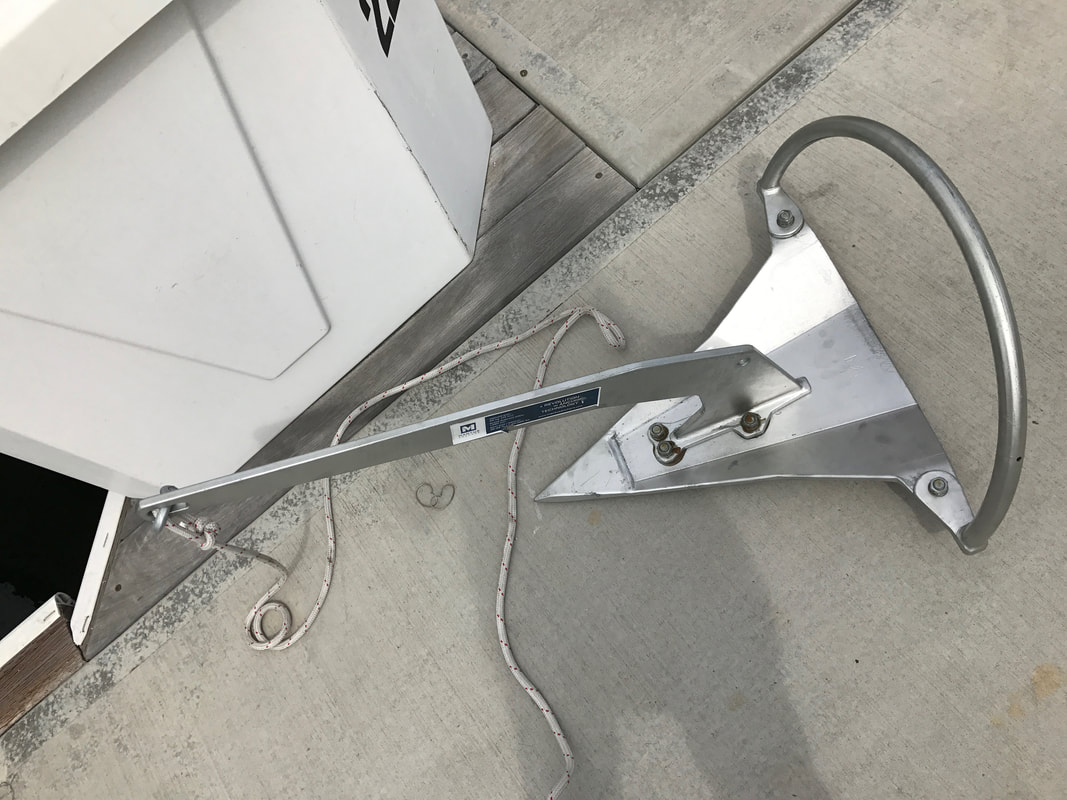

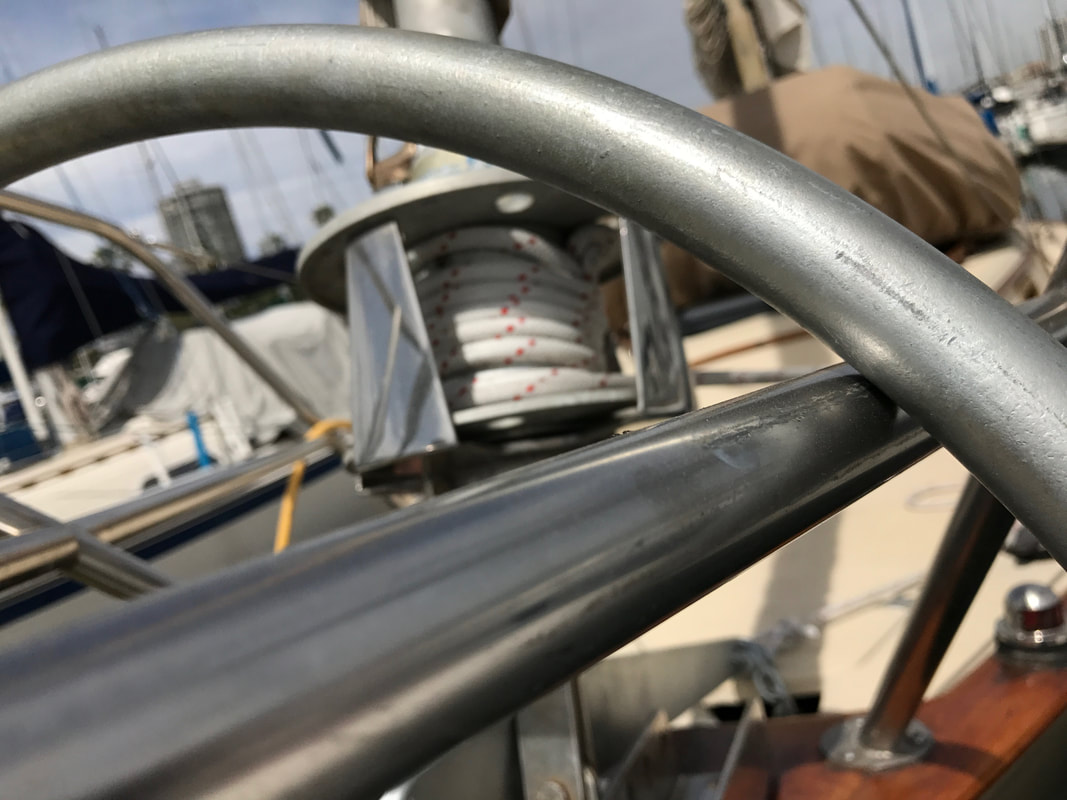



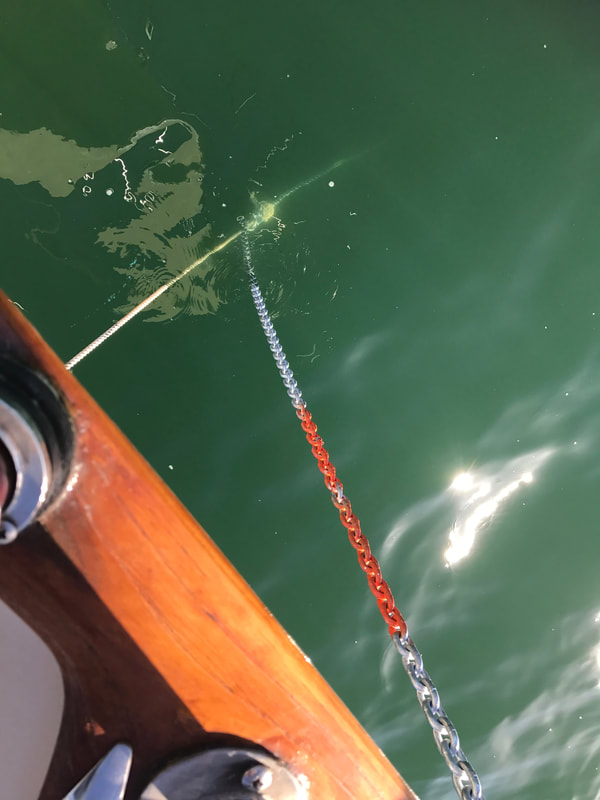

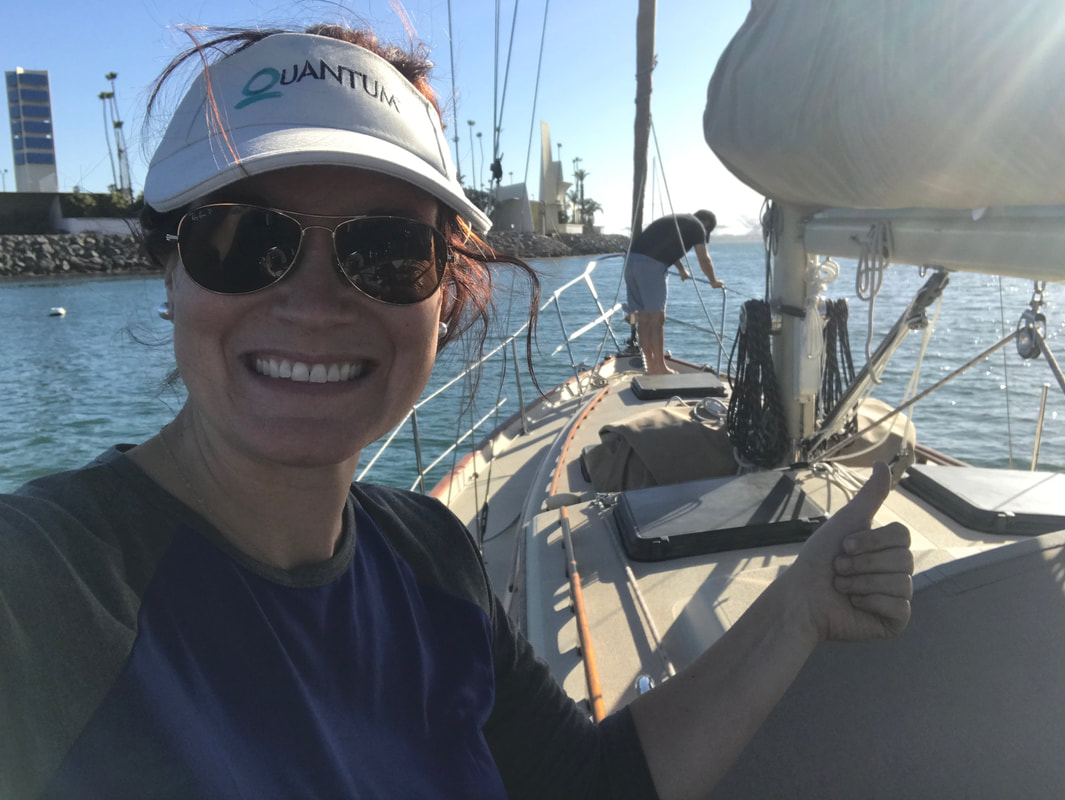

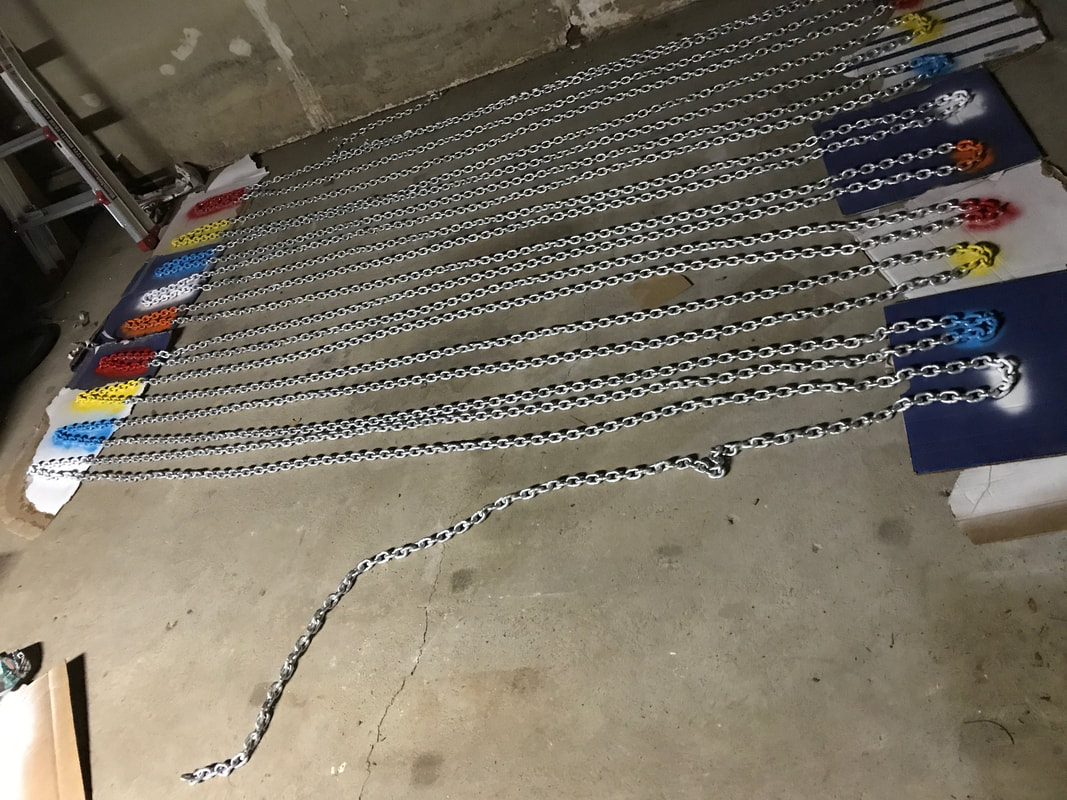



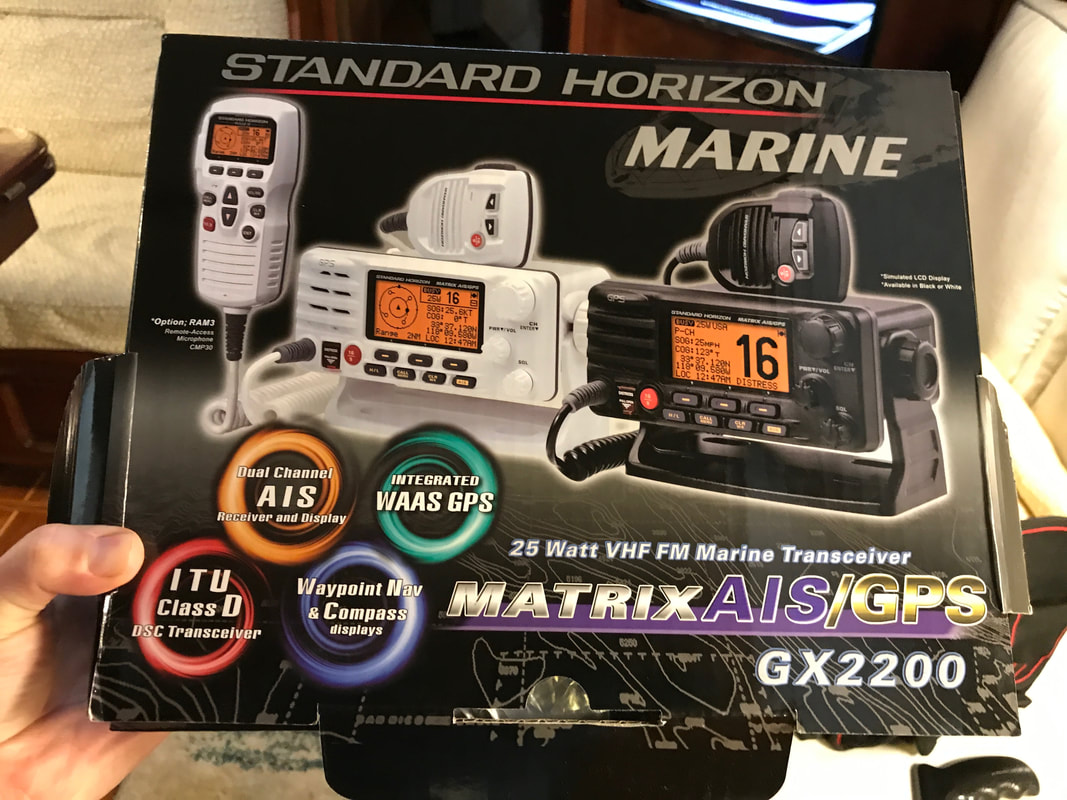


 RSS Feed
RSS Feed
